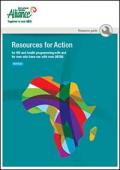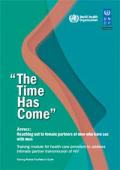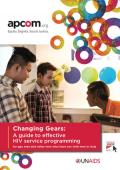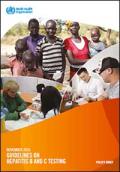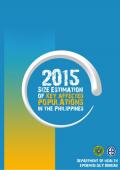Publications on Men Who Have Sex With Men (MSM)
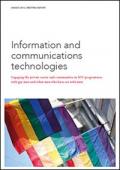
Resource | Publications,
ICT holds the potential to drive measurable programmatic improvements across the cascade of HIV prevention, care and treatment services: it can collect and disseminate information, link virtual content to physical services and complement offline components of HIV programmes.
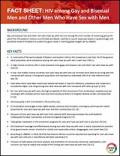
Resource | Fact Sheets,
Gay and bisexual men and other men who have sex with men are among the small number of remaining groups for which the HIV epidemic remains uncontrolled worldwide. Inability to mount responses based on epidemiologic and published research threatens to undermine gains made in reaching global targets set by UNAIDS.
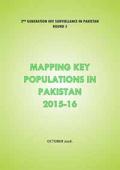
Resource | Publications,
The Overall objective of this mapping study was to update population size estimates of selected key populations (PWID, FSWs, MSM & TGs) to create evidence for developing action plans for HIV prevention interventions in Pakistan. A total number of 23 cities/towns were selected for Mapping. This included 13 cities in Punjab province, 6 in Sindh Province and 2 cities each in KPK and Baluchistan provinces.
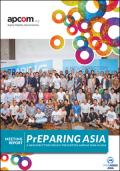
Resource | Publications,
Conducted in Amari Watergate, Bangkok, from 23 to 25 September 2015, the Dialogue was part of the regional rolling out of the new WHO Guidelines, which recommend PrEP as an important additional component of comprehensive HIV prevention for high risk men who have sex with men (MSM).
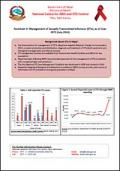
Resource | Fact Sheets,
Background about STIs in Nepal:
- Key interventions for management of STI in Nepal are targeted Behavior Change Communication (BCC), condom promotion and distribution, diagnosis and treatment of STIs (both syndromic and etiological management) and referral services.
- STI management services are available from Government Health Facilities and NGOs for key population.
- Nepal has been following WHO recommended approach for the management of STIs in patients with recognized signs and symptoms.






